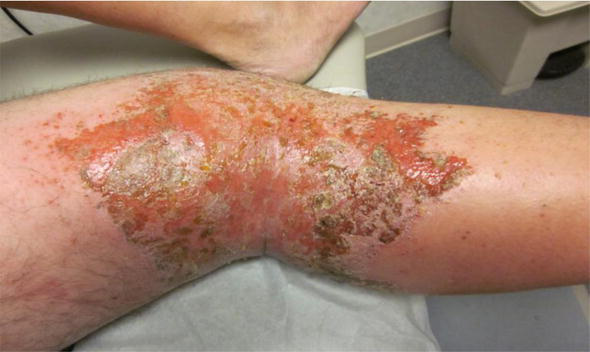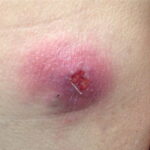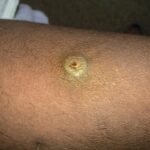Streptococcus pyogenes, a Group A Streptococcus (GAS), is a significant human pathogen responsible for a spectrum of diseases, ranging from mild superficial skin infections to severe, life-threatening conditions. This article delves into the complexities of skin and skin structure infections (SSSIs) attributed to S. pyogenes, emphasizing their pathogenesis, clinical manifestations, diagnostic methodologies, and therapeutic interventions.

Pathogenesis of Streptococcus pyogenes Infections
The virulence of S. pyogenes is attributed to its array of factors that facilitate adherence, invasion, and evasion of host immune responses. Key virulence determinants include:
- M Protein: A surface protein that impedes phagocytosis and enhances adherence to host tissues.
- Streptolysins O and S: Hemolytic toxins responsible for the lysis of red and white blood cells.
- Hyaluronidase: Enzyme that degrades hyaluronic acid in connective tissues, promoting bacterial spread.
- Streptococcal Pyrogenic Exotoxins (Spe): Superantigens implicated in systemic manifestations such as fever and toxic shock syndrome.
These factors collectively contribute to the pathogen’s ability to colonize, invade, and inflict damage upon host tissues.
Clinical Manifestations of S. pyogenes Skin Infections
Streptococcus pyogenes is implicated in various skin and soft tissue infections, each with distinct clinical features:
1. Impetigo
A superficial infection characterized by honey-colored crusted lesions, predominantly affecting children. Lesions are typically non-bullous and arise on exposed skin areas.
2. Erysipelas
An acute infection involving the upper dermis and superficial lymphatics, presenting as a well-demarcated, erythematous, and edematous plaque, often accompanied by systemic symptoms such as fever and chills.
3. Cellulitis
A deeper infection extending into the subcutaneous tissues, manifesting as diffuse erythema, swelling, warmth, and tenderness. Borders are less defined compared to erysipelas, and systemic manifestations may be present.
4. Necrotizing Fasciitis
A rapidly progressing, life-threatening infection involving the fascia and subcutaneous tissues. It is characterized by severe pain, erythema, and edema, which can progress to necrosis, bullae formation, and systemic toxicity.
Diagnostic Approaches
Accurate diagnosis of S. pyogenes skin infections necessitates a combination of clinical evaluation and laboratory investigations:
- Clinical Assessment: Thorough history and physical examination to identify characteristic signs and symptoms.
- Microbiological Cultures: Swab or tissue cultures from lesions to isolate and identify the pathogen.
- Blood Tests: Complete blood count (CBC) and inflammatory markers (e.g., C-reactive protein) to assess systemic involvement.
- Imaging Studies: Utilized in cases of deep or necrotizing infections to evaluate the extent of tissue involvement.
Treatment Strategies
Management of S. pyogenes skin infections involves antimicrobial therapy, supportive care, and, in certain cases, surgical intervention:
- Antibiotic Therapy: Penicillin remains the first-line treatment due to its efficacy and the absence of resistance in S. pyogenes. In cases of penicillin allergy, alternatives such as cephalosporins or macrolides may be employed.
- Supportive Measures: Pain management, hydration, and wound care are essential components of therapy.
- Surgical Intervention: Indicated in necrotizing infections for debridement of necrotic tissue to control the spread of infection.

